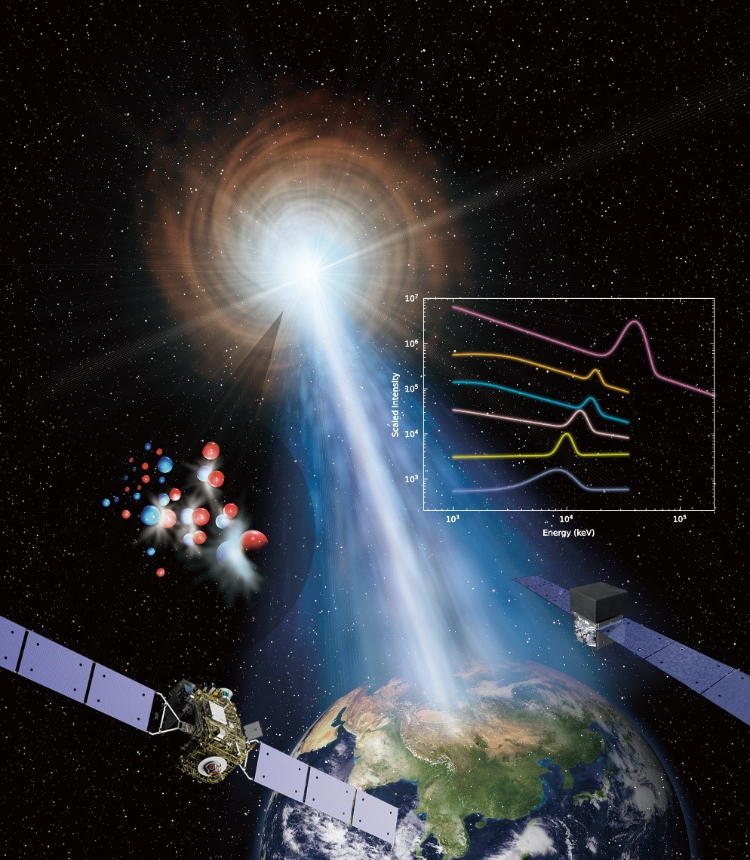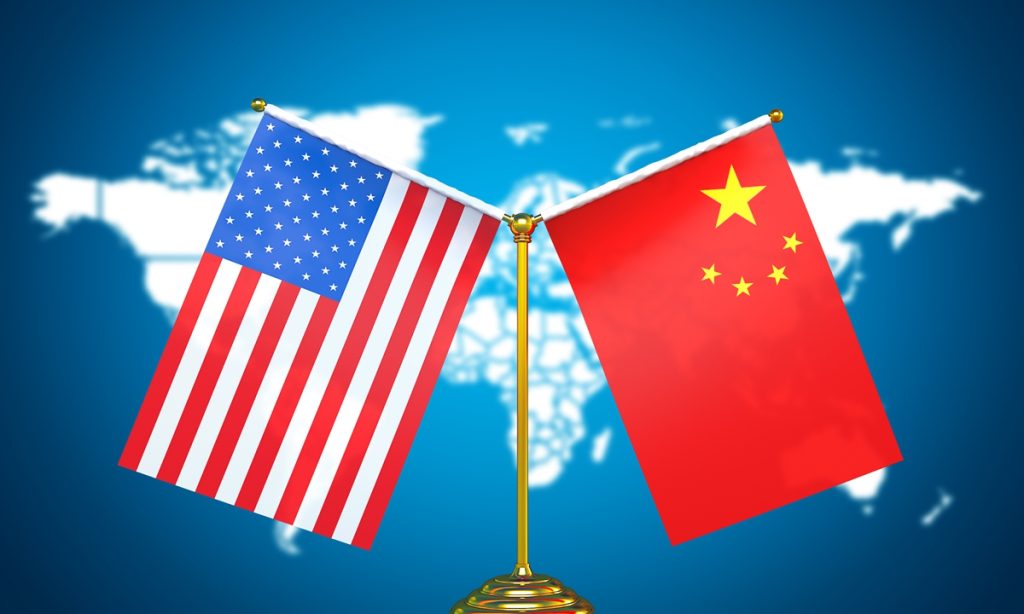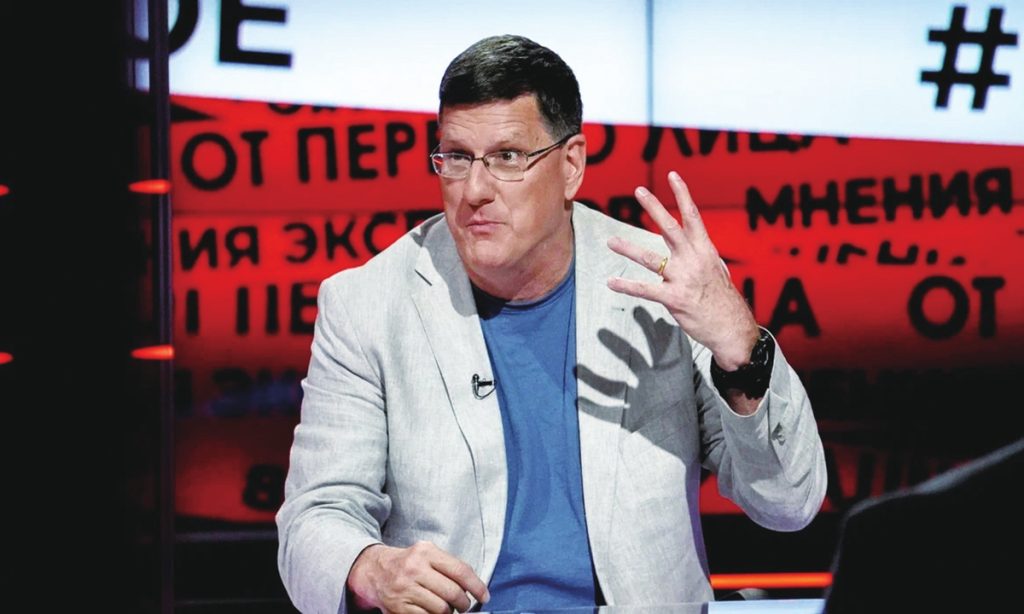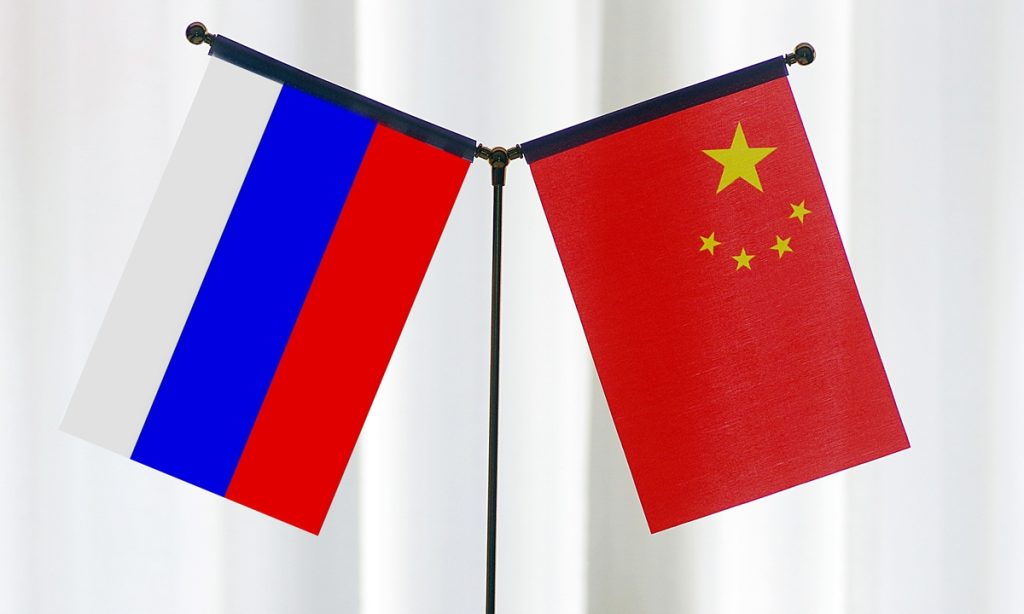US sliding toward the expectation of a 'great power war' requires vigilance
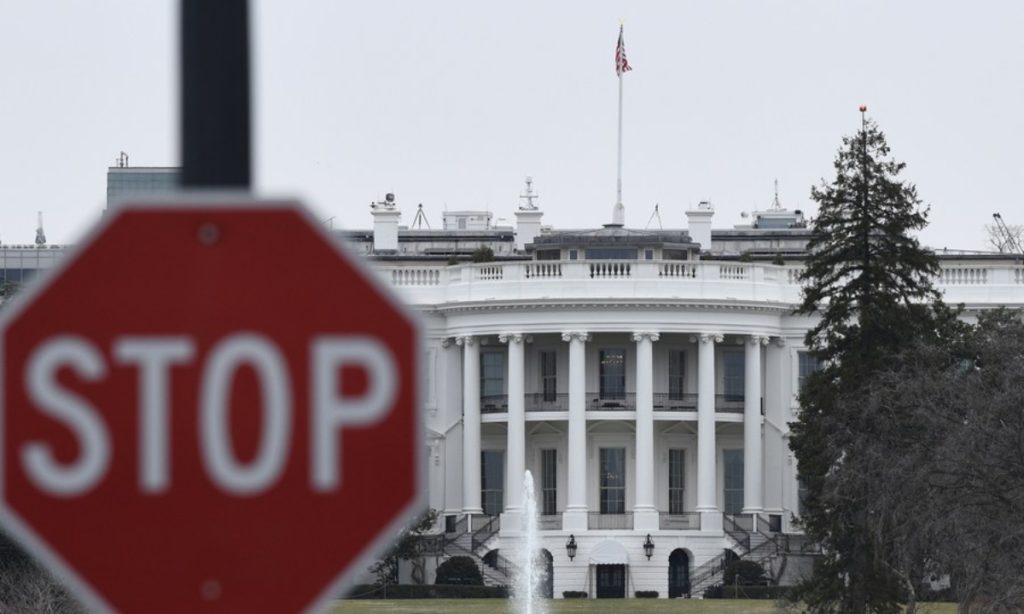
A recent report on the 2022 US National Defense Strategy (NDS) was released by the US Commission on National Defense Strategy. The report highlighted that the NDS is "out of date," the US military is not correctly structured and the nation's industrial base is "grossly inadequate," and claimed that these shortcomings make it impossible to simultaneously confront the dual "threat of Russia and China." The report proposed an "all elements of national power" approach and called for strengthening the US military's readiness to operate across multiple theaters of war.
Information from the RAND Corporation shows that the US Commission on National Defense Strategy was created under the US 2022 fiscal year National Defense Authorization Act, with the chair being a former senior member of the House Intelligence Committee, and receiving analytic and administrative support from the RAND Corporation. Therefore, while this report is not an official US government document, it still holds significant reference value due to its bipartisan representation. Specifically, this report, along with some other actions and statements by US officials in the past two years, reveals several throughlines in US policy.
Firstly, there is the possibility that the US military strategy is shifting away from an expectation of peace to an expectation of war. After the end of the Cold War, the US had long-term plans for dealing with two simultaneous regional conflicts, rather than the expectation of war with major powers. Based on these considerations, the US built a highly advanced and mobile military force, emphasizing global deployment and intervention capabilities rather than long-term combat capabilities. However, with the trend toward a prolonged Russia-Ukraine conflict, the US is changing and adjusting its previous military strategy, leaning toward preparing for "great power wars."
Secondly, the US is further adjusting its attitude toward China and Russia. At the beginning of the Russia-Ukraine conflict, the US strategic community tended to differentiate between China and Russia to avoid pushing them together at a strategic level. However, since the end of 2023, there has been a trend in the US strategic community to treat China and Russia as an almost singular threat. This year, both former and current US Indo-Pacific commanders have made similar remarks. On one hand, this indicates that the US is trying to shape its image as still strong by showing that it is not afraid of "fighting on two fronts;" on the other hand, it also suggests that Washington intends to promote internal unity in the West by forcibly linking China and Russia and exaggerating related "threats."
Thirdly, there is an attempt to use war expectations to drive the revival of the American manufacturing industry. In this report, the US Commission on National Defense Strategy pays particular attention to the recovery and development of the defense industry. Objectively speaking, in peacetime, defense manufacturing typically operates at relatively low levels, which naturally cannot be compared to the "full throttle" state required to meet wartime demands. Therefore, the US Commission on National Defense Strategy's claim that the American defense industry is not sufficient to meet the "demands of great power conflict" is a deliberate act of pretending to be ignorant.
Fourth, the report aims to promote domestic national unity. With this report as the latest example, some politicians in the US have been emphasizing the importance of bipartisan and cross-class mobilization, even using the so-called expectation of a "great power war" to promote consensus and unity in American society. Amid growing social division and political polarization in the US, they believe they have discovered a "shortcut" to unite the country quickly. However, in reality, they may be placing themselves in a risky situation and could ultimately face a serious backlash.
Fifth, it indicates that Washington may be reassessing the military threat from Russia. This report suggests that the current US defense strategy "understates the threat from Russia" and recommends increasing US military deployments in Europe. Against the backdrop of the ongoing Russia-Ukraine conflict, these findings reveal that some in the US may be attempting to elevate Russia's priority in the US national security strategy, emphasizing the threat from Russia as a means to unite domestic and foreign policy consensus.
In short, this report suggests increasing military expectations and preparations for potential conflict with China and Russia. It proposes that the US will need to make major changes and investments, possibly even "wartime mobilization." It is unclear how these recommendations will be incorporated into official US policy, but the bipartisan nature of the report and similar statements from domestic politicians in recent years serve as a reminder to remain vigilant. We must be cautious of the potential for war implied in these US statements and prepare public opinion and strategic plans accordingly. Additionally, we must maintain our composure, be wary of falling into the trap set by the extreme anti-China faction in the US, and prevent their extreme rhetoric from becoming a reality.
As the world's most important bilateral relationship, the China-US relationship will not easily fall into the new Cold War or even hot war that some individual American politicians are trying to provoke. The complexity of the relationship between the two countries and the constantly changing international environment have led to a variety of voices in this relationship. China must always remain vigilant about the dangerous trends exposed by some extreme voices, such as the further shift toward expectations of a "great power war" advocated by some in Washington. At the same time, we must grasp the overall situation, not be led astray by extreme rhetoric, and continue to shape the China-US relationship in a positive direction.
Throughout world history, many conflicts or wars have often been sparked by misjudgments or miscalculations. Many in the US continue to clamor for a tougher stance against China and attempt to create a certain strategic consensus on this issue, but in reality, voices within the US on how to handle relations with China remain diverse and malleable. We must continue to strive for those rational and progressive forces, while remaining vigilant and critical of extreme and radical rhetoric.

